解説 / Description
ヒフキアイゴは、西太平洋のサンゴ礁に生息するアイゴ科の魚です。前方に突出した吻が日本の伝統的な面「ひょっとこ」を連想させることから、その名が付けられました。鮮やかな黄色の体と、背中の後方にある大きな黒い斑点が最大の特徴で、この斑点の有無で近縁種のフォックスフェイスと区別されます。主に藻類を食べる植物食性の強い雑食性で、サンゴ礁の藻類の繁茂を抑える重要な役割を担っています。飼育下では比較的丈夫ですが、背ビレ、腹ビレ、尻ビレに強力な毒棘を持つため、取り扱いには最大限の注意が必要です。 The Blotched Foxface is a rabbitfish found in the coral reefs of the Western Pacific. Its Japanese name “Hifuki-aigo” comes from its protruding snout, which resembles the traditional Japanese “Hyottoko” mask. Its most distinct features are its bright yellow body and a large black spot on the upper rear of its body, which distinguishes it from the closely related Foxface. It is a primarily herbivorous omnivore that feeds on algae, playing an important role in controlling algal growth on coral reefs. While relatively hardy in captivity, extreme caution is required when handling it due to the potent venomous spines on its dorsal, pelvic, and anal fins.
基本情報 / Basic Information
| 学名 / Scientific Name | Siganus unimaculatus |
|---|---|
| 通称 / Common Name | ヒフキアイゴBlotched Foxface, One-Spot Foxface |
| 分類 / Family | アイゴ科 (Siganidae)Siganidae (Rabbitfishes) |
| 英名 / English Name | Blotched Foxface, One-Spot Foxface |
| 分布 / Distribution | 西太平洋(日本の琉球列島、フィリピン、オーストラリア北西部など)Western Pacific (Ryukyu Islands of Japan, Philippines, northwestern Australia, etc.) |
| 最大体長 / Max Size | 約25cmApprox. 25 cm |
| 寿命 / Lifespan | 不明(長期飼育例あり)Unknown (long-term captive examples exist) |
飼育環境 / Aquarium Environment
| 水槽サイズ / Tank Size | 90cm規格水槽(約180L)が最低ラインです。活発に泳ぎ回るため、理想は120cm規格水槽(約240L)以上が望ましいです。A standard 90cm tank (approx. 180L) is the minimum requirement. As they are active swimmers, a standard 120cm tank (approx. 240L) or larger is ideal. |
|---|---|
| 水温 / Temperature | 24℃〜28℃ |
| 水質 / Water Quality | 標準的な海水魚の飼育水質(比重 1.020-1.025, pH 8.1-8.4)。安定した水質を維持するため、高性能なプロテインスキマーの設置を推奨します。Standard marine aquarium parameters (SG 1.020-1.025, pH 8.1-8.4). A high-performance protein skimmer is recommended to maintain stable water quality. |
| レイアウト / Layout | 広々とした遊泳スペースと、驚いた時に逃げ込める複雑なライブロックの隠れ家を両立させます。Balance ample open swimming space with complex live rock structures that provide hiding places for when it gets startled. |
| 注意点 / Precautions | 【毒に注意】全てのヒレの棘に強力な毒を持ちます。刺されると激しく痛むため、取り扱いには絶対に素手で触れず、細心の注意を払ってください。サンゴ水槽では一部のサンゴを食べることがあるため注意が必要です。【VENOMOUS】All fin spines are highly venomous. Stings are extremely painful. Never handle with bare hands and exercise extreme caution. In reef tanks, it may nip at some corals, so caution is advised. |
餌と給餌 / Feeding
| 餌の種類 / Diet | 植物食性の強い雑食性。スピルリナなどを含む植物質の人工飼料や乾燥海苔を主食とし、副食として冷凍のイサザアミなどを与えます。Omnivorous with strong herbivorous tendencies. Its main diet should consist of vegetable-based artificial foods containing spirulina and dried seaweed (nori), supplemented with frozen mysis shrimp. |
|---|---|
| 給餌のポイント / Feeding Tips | 1日に2〜3回、少量ずつ与えます。常に海苔などを食べられる状態にしておくと、空腹によるサンゴへの食害を大幅に減らすことができます。Feed small amounts 2-3 times a day. Keeping dried seaweed available at all times can significantly reduce the risk of it nipping at corals due to hunger. |
性格と混泳 / Temperament and Tank Mates
| 性格 / Temperament | 他の魚種には温和ですが、同種や他のアイゴ属には非常に攻撃的です。単独または確定したペアでの飼育が原則です。Peaceful towards other fish species, but very aggressive towards its own kind and other rabbitfish. It should be kept singly or as a confirmed pair. |
|---|---|
| 混泳の相性 / Compatibility | 毒棘が防御となるため、大型ヤッコやハギなど、やや気の強い魚とも混泳可能です。ただし、過度に攻撃的な魚はストレスの原因となるため避けるべきです。Its venomous spines provide defense, allowing it to be kept with moderately aggressive fish like large angelfish and tangs. However, overly aggressive fish should be avoided as they can cause stress. |
病気と対策 / Diseases and Prevention
| かかりやすい病気 / Common Diseases | 海水魚の代表的な病気である白点病にかかることがあります。植物質の餌が不足すると、HLLE(頭部および側線びらん症)を発症するリスクが高まります。Susceptible to common marine diseases like Marine Ich (Cryptocryon irritans). A lack of vegetable matter in its diet increases the risk of developing HLLE (Head and Lateral Line Erosion). |
|---|---|
| 対策と予防 / Prevention | 安定した水質と、植物質を中心とした栄養バランスの取れた食事が最良の予防策です。新規導入個体の検疫(トリートメント)は必ず行ってください。The best prevention is a stable water quality and a balanced, vegetable-rich diet. Always quarantine new additions. |
増やし方(繁殖) / Breeding
| 繁殖形態 / Reproduction | 卵生。ペアを形成し、水底に沈む卵を産みます。Egg-layer. Forms pairs and lays demersal (sinking) eggs. |
|---|---|
| 繁殖のポイント / Breeding Tips | 飼育下での繁殖は非常に困難です。産卵は月の周期と関連していると考えられていますが、家庭用水槽での成功例はほとんど報告されていません。Breeding in captivity is very difficult. Spawning is thought to be linked to the lunar cycle, but successful breeding in home aquariums is rarely reported. |
特徴的な行動と豆知識 / Behavior and Fun Facts
| 特徴 / Characteristics |
【警告:強力な毒】全てのヒレの棘に、刺されると激しく痛む毒を持ちます。取り扱いには絶対に素手で触れないでください。万が一刺された場合は、火傷しない程度の熱いお湯(45℃以上)に患部を浸す応急処置が有効です。 【ひょっとこ顔】和名の「ヒフキアイゴ」は、前に突き出た口が、日本の伝統的な道化面「ひょっとこ」が火を吹く口元に似ていることに由来します。 【体色変化】驚いたり、夜間休息したりする際には、体色を暗色のまだら模様に変化させてカモフラージュします。 【そっくりさん?】背中の黒い斑点がない近縁種フォックスフェイス (Siganus vulpinus) とは、分類学上は同種の色彩変異ではないかという説もあります。 【Warning: Potent Venom】All fin spines contain a potent venom that causes severe pain upon being stung. Never handle with bare hands. If stung, immersing the affected area in hot water (45°C or higher, as hot as can be tolerated without scalding) is an effective first-aid measure. 【”Hyottoko” Face】Its Japanese name “Hifuki-aigo” originates from its protruding mouth, which resembles the fire-blowing mouth of the traditional Japanese comical mask “Hyottoko.” 【Color Change】When startled or resting at night, it changes its body color to a mottled dark pattern for camouflage. 【A Look-alike?】There is a scientific debate that this species may just be a color variation of the closely related Foxface (Siganus vulpinus), which lacks the black spot on its back. |
|---|
まとめ / Conclusion
ヒフキアイゴは、そのユニークな姿と比較的温和な性格で、魚中心の水槽(FOWLR)に素晴らしい彩りを加えてくれる魚です。その飼育は、植物質中心の食事と、何よりも毒棘に対する慎重な取り扱いを理解することが前提となります。 The Blotched Foxface is a fish that adds wonderful color to a fish-only (FOWLR) aquarium with its unique appearance and relatively peaceful nature. Its successful keeping is predicated on understanding its primarily herbivorous diet and, above all, the cautious handling required due to its venomous spines.
サンゴ水槽での飼育はリスクを伴いますが、給餌を工夫することで共存できる可能性もあります。その生態を深く理解し、安全管理を徹底することで、この魅力的な「キツネ顔」の魚との豊かなアクアリウムライフを楽しむことができるでしょう。Keeping it in a reef tank involves risks, but coexistence may be possible with careful feeding strategies. By deeply understanding its ecology and thoroughly practicing safe handling, you can enjoy a rich aquarium life with this fascinating “fox-faced” fish.
▶ 記事の生体をAMAZONで買う ▶ 記事の生体をYahooで買う

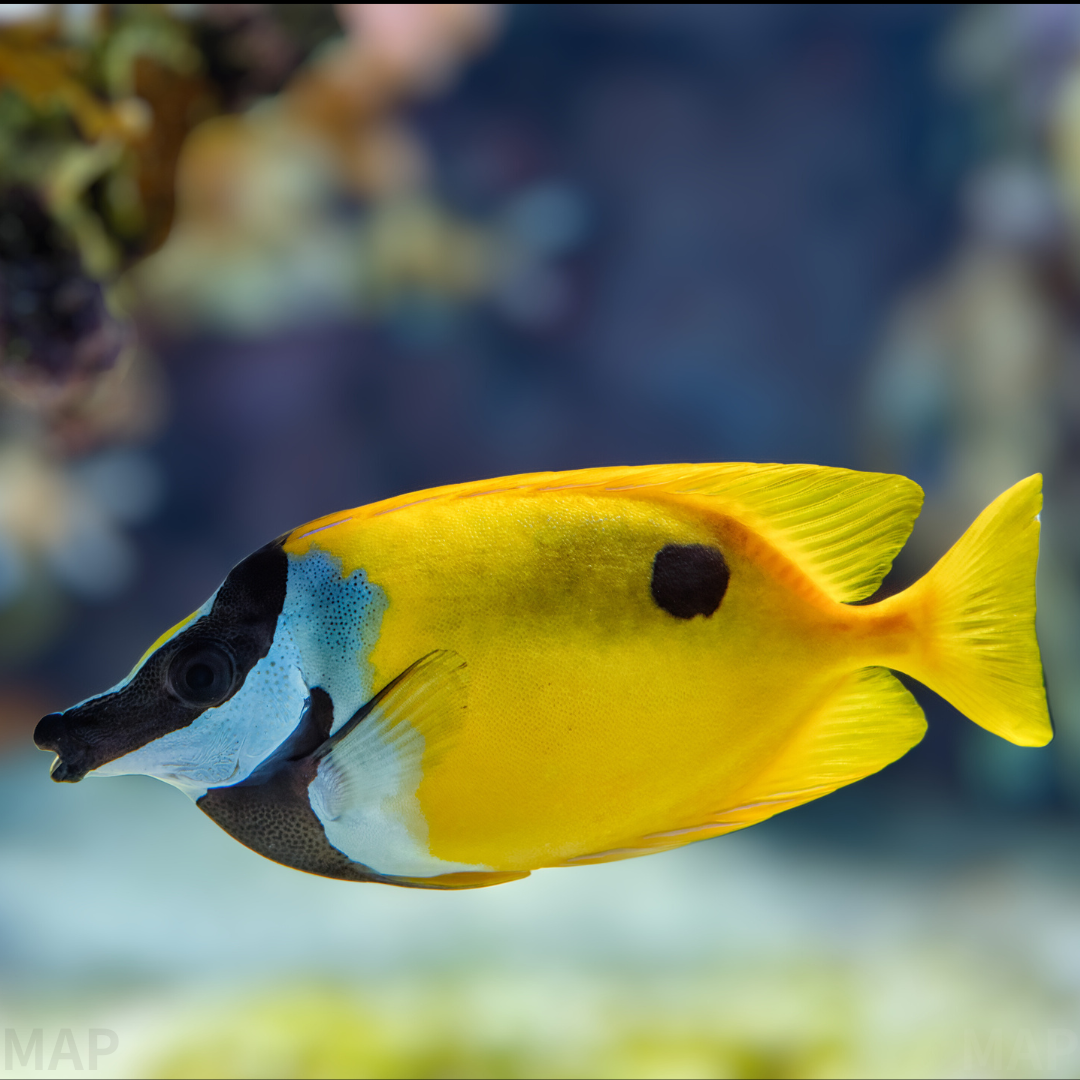

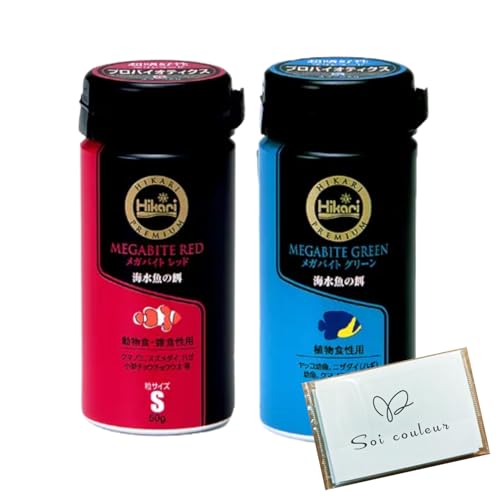




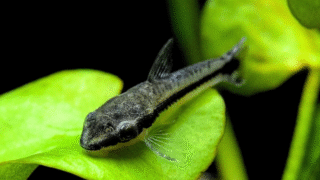
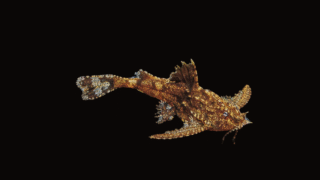
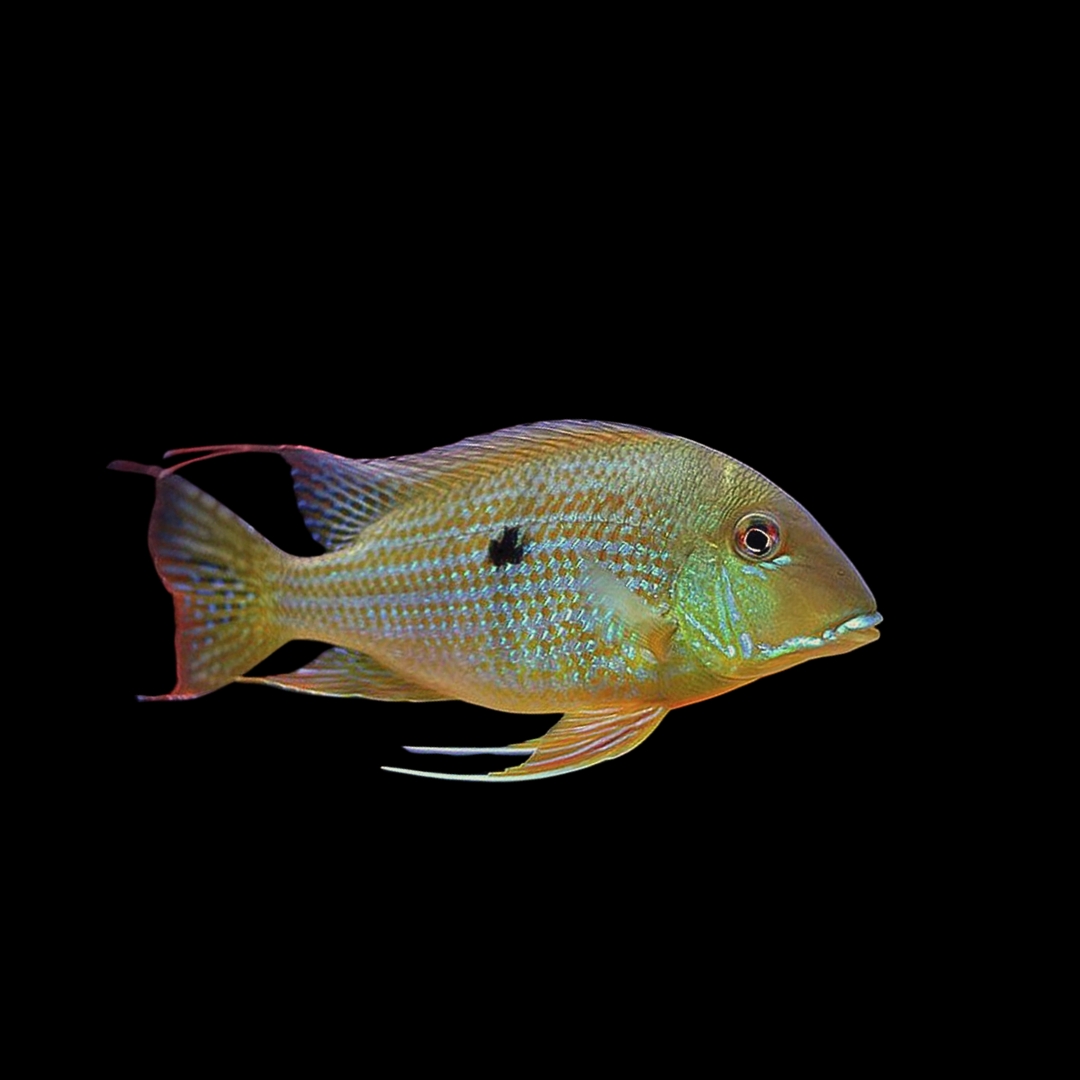
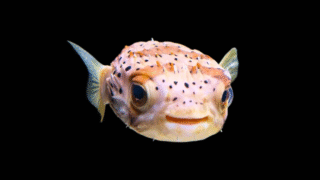
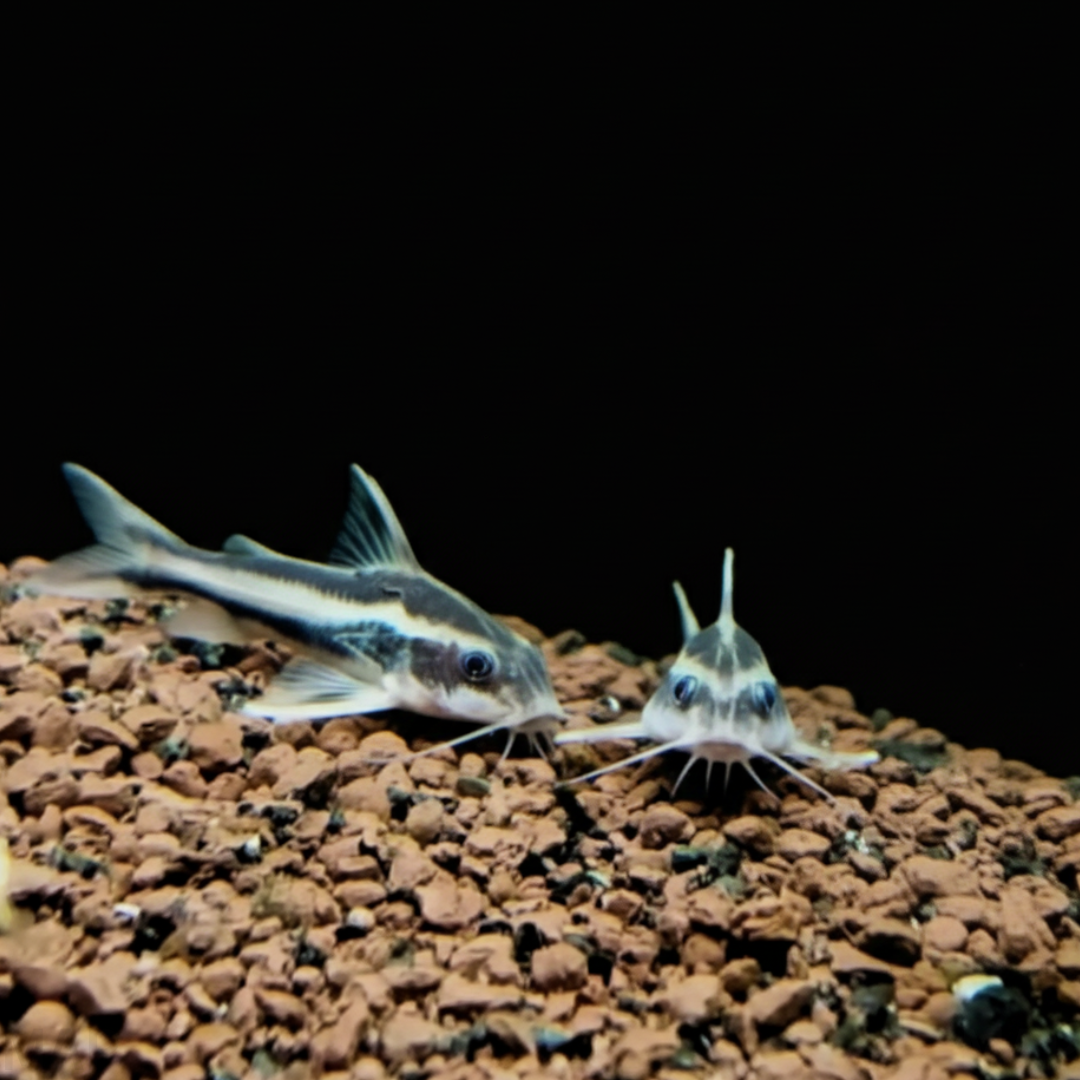
コメント